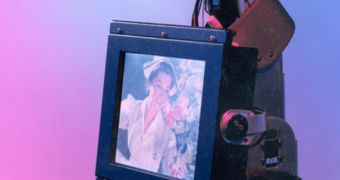Clearly, the future of surgery is in robots, as experts in the field seem to believe. The limitations that surgeons have are now quietly being exceeded, as they begin to use artificial systems to make their jobs easier.
The da Vinci system is the best example of that. It is essentially nothing but a giant robot, which is capable of performing the same type of surgery as a regular surgeon, but without leaving behind that much scarring.
The robot has four arms, which it introduces in the body of the patient through small incisions. These tiny cuts do not even begin to compare to the ones that are produced when surgeons make their way into the body.
Take for instance the case of heart surgeries. Usually, they require a cut going all the way down through the chest, and then a rib spreader, but using da Vinci eliminates the need for such procedures.
It can reach the heart in between the ribs, without having to cut them open. And surgeons who have had a chance to operate the robot are doing an increasingly good job at working with the system..
The second part of the system, other than the robot itself, is the ergonomically correct stereoscopic viewer. Surgeons sit at the device, and look through the viewers straight into the patient.
The displays show real-time video feed collected by cameras on the robotic arms, and the joysticks that the experts manipulate have a feedback-type sensation, which allows them to figure out what they're doing.
“We're trying to couple the capabilities of machines with the judgment of humans to do a job better,” explains the director of the Engineering Research Center for Computer-Integrated Surgical Systems and Technology (ERC CISST) at Johns Hopkins University, Russ Taylor.
“We have the opportunity to work at the cutting edge of technology in direct partnership with physicians that have real problems,” the expert goes on to say, quoted by the US National Science Foundation (NSF).
“The future, I believe, is very exciting. It's going to open up a whole different paradigm of how we do surgery.” explains eye surgeon Jim Handa.
“We can transcend human limits. We can enable a clinician to do things that cannot be done, and we can improve the consistency, accuracy, the safety of existing interventions,” Taylor concludes.

 14 DAY TRIAL //
14 DAY TRIAL //